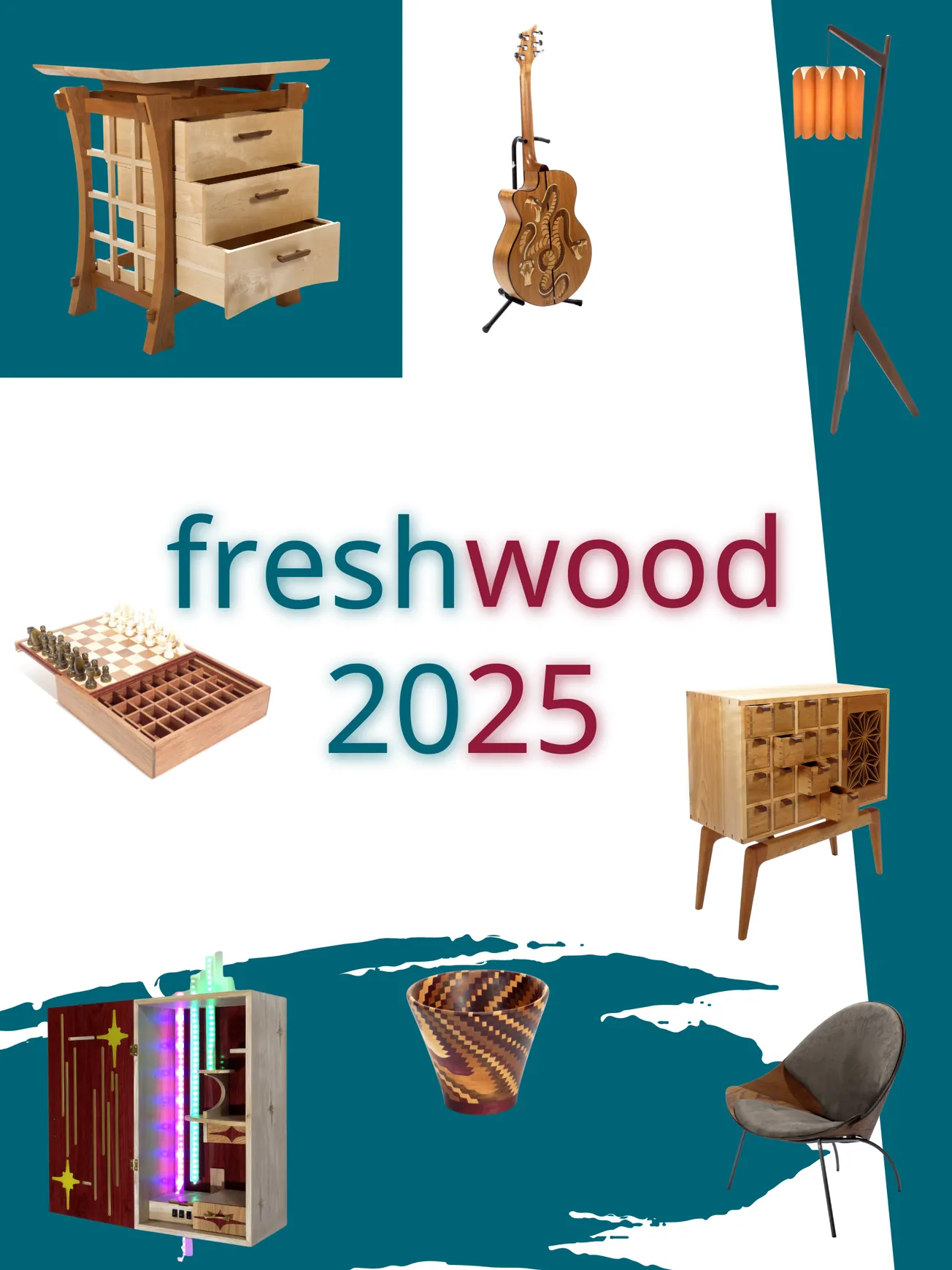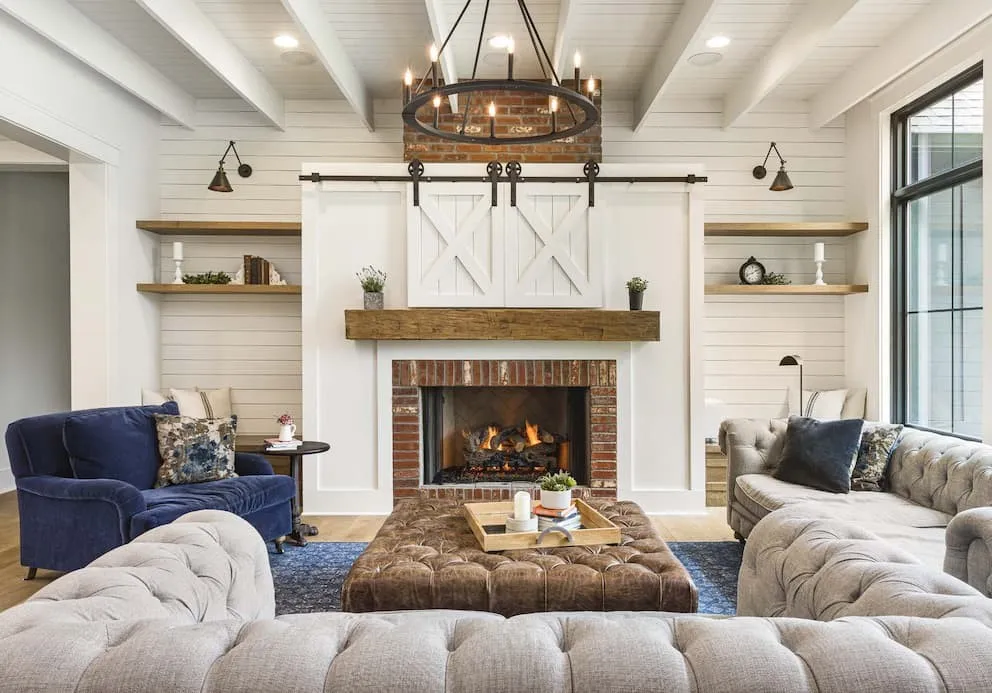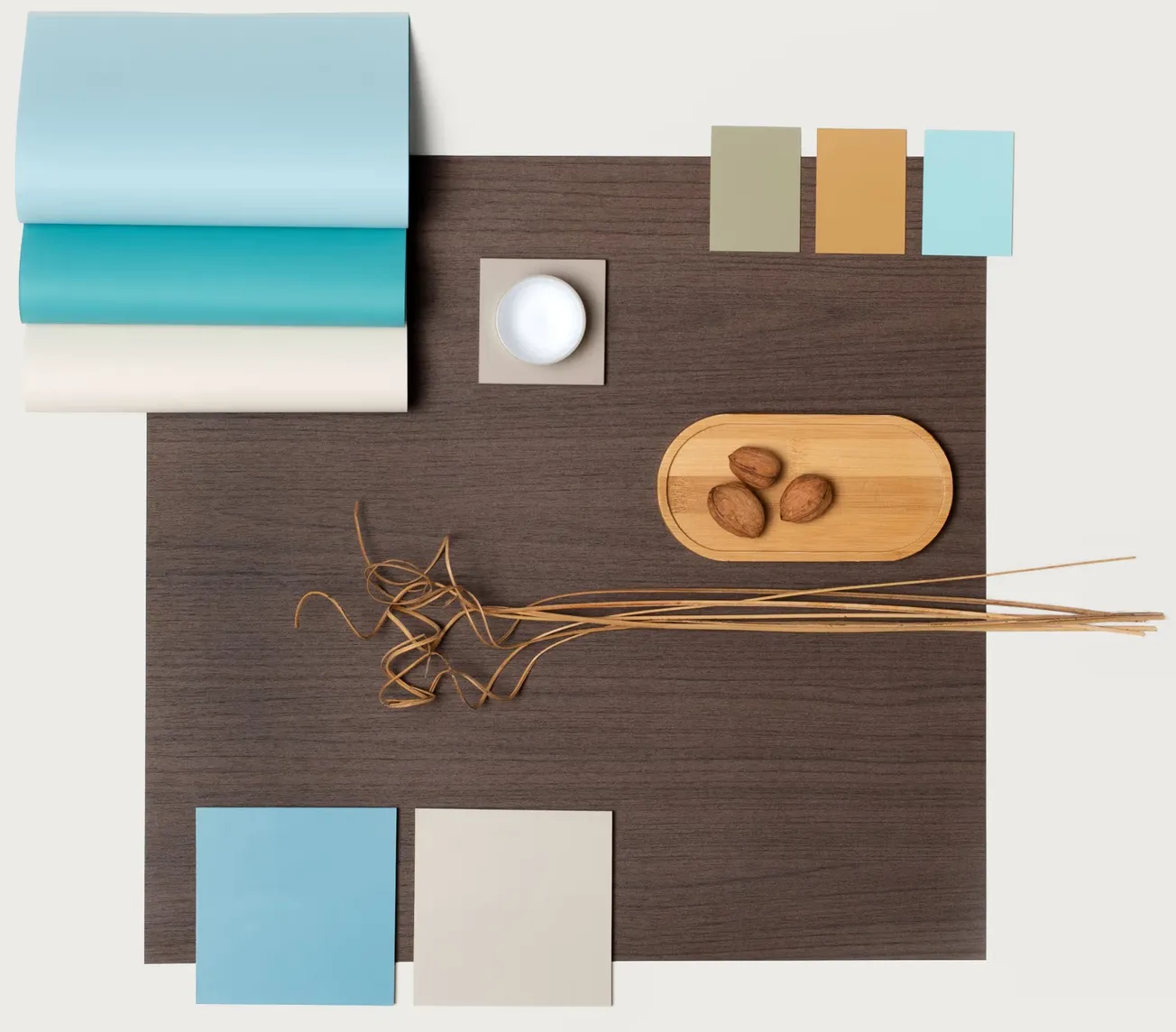Table of Contents

Bielefeld, 01/16/2020 – With the aim of introducing a completely new product to the market for the kitchen and furniture industry, Egger was planning to commission a completely new line at their location in Brilon/Germany. In the process, the goal was not just to make sure that the finishing of full-format MDF boards met the cost requirements of industrial production. At the same time, the aim was also for the lacquer finishes to meet the market's highest quality requirements. Egger found the ideal technology partner for this proposal in machine and plant manufacturer Hymmen: the Calander Coating Inert (CCI) process used by Hymmen in Brilon is curing the surface of the wooden material in a calender with UV light through a film, after the application of lacquer. The line has now been in operation successfully for 4 years and at Egger they are happy to share their experiences with the CCI technology.
The high-grade, lacquered products from Egger
When you look closely, you recognize clear quality differences even in high gloss finishes in the kitchen, living room and office. That's because contamination from dust during production, finishes which are not completely even, or even lacquer cracking cause irregular finish structures. It is exactly this type of production risk which Egger prevents by the use of the Calander Coating Inert (CCI) technology from Hymmen. The special inert method assures industrial production of high-end finishes with striking brilliance and durability in various gloss levels – from a high-gloss mirror finish with a special depth effect to ultra-matt looks with anti-fingerprint function.
High-gloss and ultra-matt finishes for the kitchen and furniture industry are produced in Brilon. Application examples include furniture and kitchen fronts and high-grade paneling. Fig. 1 shows a high-grade sideboard with Egger PerfectSense in gloss and matt.
The basis of the CCI technology
Any material which can be lacquered and meets the requirements of the DIN standards in relation to even thickness over the entire board or sheet with low tolerances, can be used as the base for the CCI method. Examples of board-type materials include HDF, MDF and plastic boards. Thanks to the latest procedural developments, even material from roll to roll can be finished with the CCI method. This is extremely interesting, for instance, for the manufacture of laminate with lacquered coating as it allows for a direct connection to industrial digital printing technology and double belt press technology. Examples of finished surfaces can be seen in fig. 2a and fig. 2b.
With the CCI method the substrate is first primed and then the finishing lacquer is applied. In a continuous process without intermediate dwell time, the substrate, coated with liquid UV coating lacquer, is conveyed directly into the calender. It is there where the finish cures under inert conditions; what is practically an "enclosed drying" process taking place underneath a film. This film as contact medium enables finishes with all conceivable levels of gloss, right up to a high-gloss mirror finish (see also centerpiece of a CCI line, photos 3a, b and c).
The Calander Coating Inert method does not require the use of any nitrogen at all. As a result, the costly and time-consuming observance and monitoring of the parameters is no longer necessary, making for clear cost savings in turn. It is an extremely reliable process without flash-off time. In addition, the finishes are also highly scratch-resistant thanks to the inert process.
The length of the CCI line depends on the quality demands of the customer: the higher the required finish quality, the thinner the individual applied lacquer layers have to be, and the more intermediate steps have to be performed before the board has been completed. The length of the CCI line is comparable with lines for classic lacquering methods with the same quality demands. The only difference is the laminating calender which, with its length of 6 m, is negligible given the total length of the line.
The boards are resilient directly after final UV drying without the subsequent cross-linking time required for other methods. This means that the finished, coated board comes directly out of the calender and can proceed to testing or be further processed immediately after application without any further drying time or intermediate storage. In the process, industrial capacities can be achieved.
In summary, Hymmen's CCI technology has a number of benefits:
- Suitable for use for boards or sheet material – in particular for laminate with lacquer coating. This is currently unique across the globe.
- Finished looks from high-gloss mirror finish to ultra-matt
- Integrated into the continual process without intermediate dwell time
- Curing under inert conditions
- No risk of finish contamination from dust
- Cost savings as nitrogen not required
- Extremely reliable process without flash-off time
- Highly scratch-resistant
- High resistance to chemicals
- Constantly high quality thanks to the use of fresh films
- Cost savings due to low film thickness
- Direct further processing of materials without post-curing or dwell times
- Industrial capacities
The CCI technology at Egger in real operation
Egger has been finishing melaminecoated MDF boards with a board format of 2070 mm (width) by 2800 mm (length) on the CCI line since 2015. The board thickness varies. The maximum line speed of 25 m/min ensures industrial production capacity.
The board finishing process is as follows: Loading is performed by robots (see also fig. 4). The primer is applied by Hymmen UME roller application machines. An intermediate lacquer polish is carried out before the boards enter into the clean room (see also fig. 5). It is there where they undergo final lacquering with the UME roller application machines. UV drying is then performed in the centerpiece of the line; in the Calander Coating Inert unit. Fig. 6 shows high-gloss finishes passing through the clean room. The finish inspection process takes place before protective film laminating for quality assurance. The boards are finally stacked outside the clean room (see also fig. 7).
Not all the machines are in use for every product. The production method used in each case depends on the colour, level of gloss and the finish requirements.
With the production of lacquer finishes with inert films Egger has been able to achieve the expected cost savings while reliably achieving high quality at the same time. The manufacturer of wood-based products is so happy with the line that line upgrades are currently being discussed.
"We very much value our successful partnership with long-term technology partner Hymmen GmbH Maschinen- und Anlagenbau. We were once again able to create a line which allows us to satisfy the high quality-requirements of the market", Hannes Mitterweissacher, Division Manager for Technology/Production, EDP Mitte, emphasizes.






